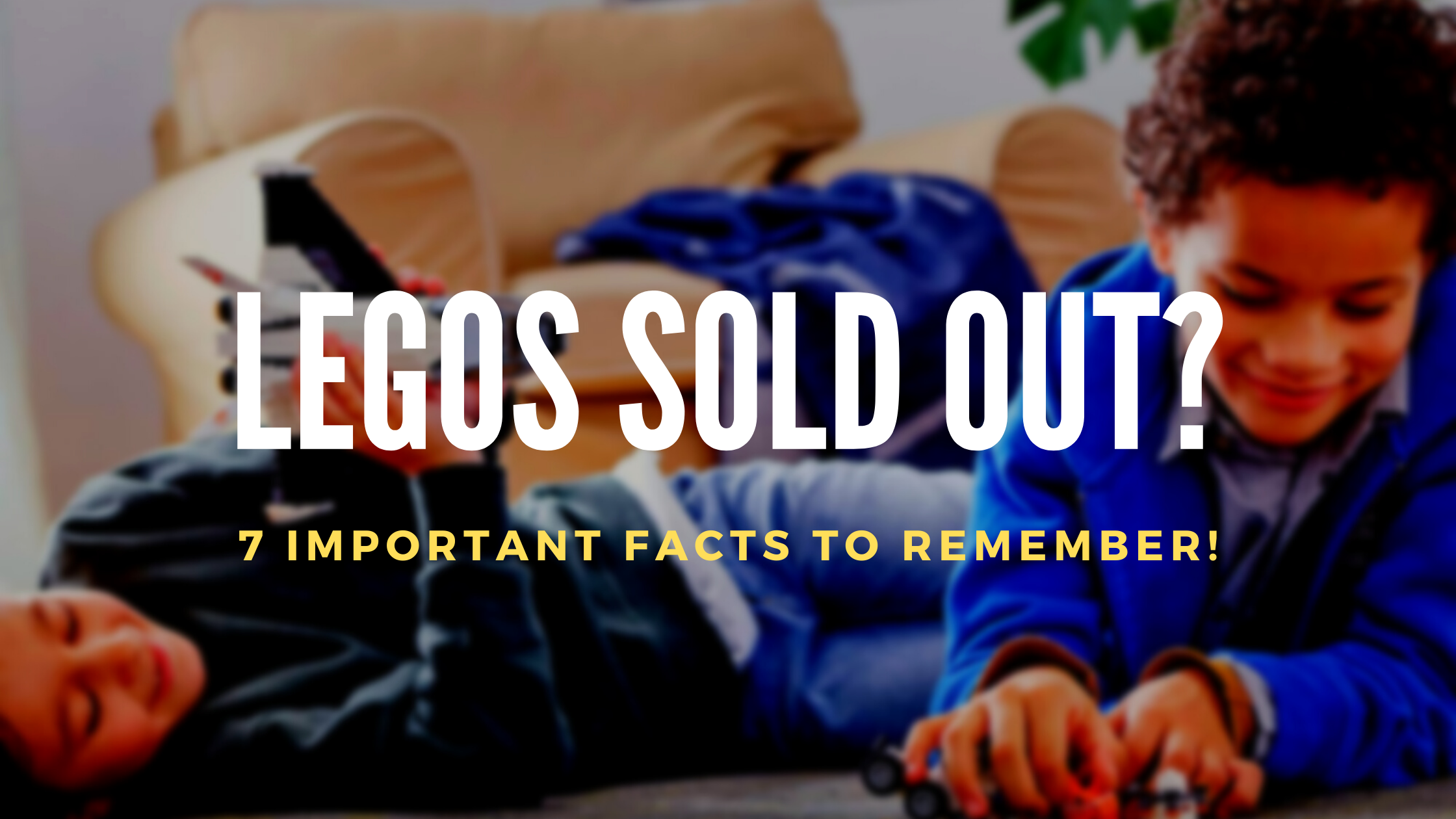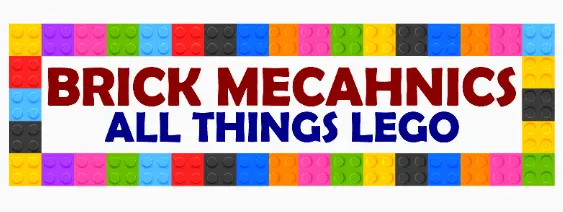So you wanted to buy a LEGO set, maybe for yourself or as a gift, and discovered the most popular ones are sold out?
You’re not alone. LEGO releases thousands of new sets each year, and interest keeps growing as both kids and adults around the world fall in love with collecting and building.
But why are so many LEGO sets constantly sold out? Is there a difference between “sold out” and “temporarily out of stock”? And where can you actually find the sets you want?
Let’s dive in.

Table of Contents
What Does It Mean When a LEGO Is Sold Out?
When a LEGO set is listed as sold out, it means it’s currently unavailable, and LEGO doesn’t have a confirmed restock date.
Restocking can take anywhere from a few days to several months, depending on:
-
Supply chain logistics
-
Production timelines
-
Popularity of the set
-
Number of pieces
-
Size and complexity of the build
Larger, more intricate sets generally take longer to restock.
Why Are All the LEGOs Sold Out?
LEGO shortages can be traced back to multiple factors:
-
Supply chain disruptions
-
Temporary closure of a key LEGO factory in Mexico
-
A massive increase in global demand as more kids and adults picked up LEGO during lockdowns
-
Seasonal demand during holidays like Christmas and Black Friday
These issues have led to rapid sellouts of high-demand sets across most LEGO themes.
LEGO Sold Out vs Temporarily Out of Stock

Yes, there’s a difference:
-
Temporarily Out of Stock: The set isn’t available right now, but LEGO expects to restock it soon. This usually happens when a set is in active production.
-
Sold Out: The set is gone for now, and LEGO doesn’t know when or if it will restock. There’s no set timeline for return.
In either case, it doesn’t always mean the set is gone forever—especially if it’s still in production.
Why Are LEGOs Out of Stock Everywhere?
LEGO sets can go out of stock everywhere due to:
-
Limited supply from disrupted production lines
-
High global demand, especially for collectible or licensed sets
-
Peak shopping seasons (Christmas, birthdays, school breaks, etc.)
When fans and gift-buyers flood the stores, sets disappear fast. Popular sets are often placed on backorder, or listings show “sold out” until LEGO catches up.
Will LEGO Restock Out-of-Stock Items?
Yes, LEGO often restocks sold-out sets, especially if the set is not retired.
If you see a set is sold out, it usually means LEGO hasn’t confirmed the restock date, but restocking does happen.
You can:
-
Sign up for email alerts on the product page
-
Add the set to your wishlist and monitor it
-
Check third-party marketplaces regularly
How Long Are LEGO Sets Out of Stock?
There’s no fixed timeline.
Depending on the set, restocks can take:
-
A few days (for popular but still-in-production sets)
-
Weeks to months (for complex or backlogged sets)
If the set is retired or approaching retirement, chances of restock are slim to none, so it’s best to act fast.
Where to Get Sold-Out LEGO Sets?
If the LEGO website says “sold out,” try:
-
Amazon – Often carries the same sets, sometimes cheaper, and usually has more stock from multiple sellers
-
BrickLink – A marketplace for new and used LEGO sets, including rare and discontinued models
-
eBay – Great for rare or retired sets, but prices may be inflated
-
BrickOwl – Another solid option for individual bricks and complete sets
Note: Prices on third-party sites can be higher than retail—especially for rare or collector items.
Final Thoughts
Sold-out LEGO sets are frustrating, but not impossible to find. Now that you understand what it really means when LEGO marks a set as “sold out” or “temporarily out of stock,” you can plan your purchases better—and act fast when sets restock.
💡 Pro tip: Sign up for LEGO email alerts, follow official LEGO announcements, and keep an eye on Amazon and BrickLink if you’re hunting for hard-to-find sets.

